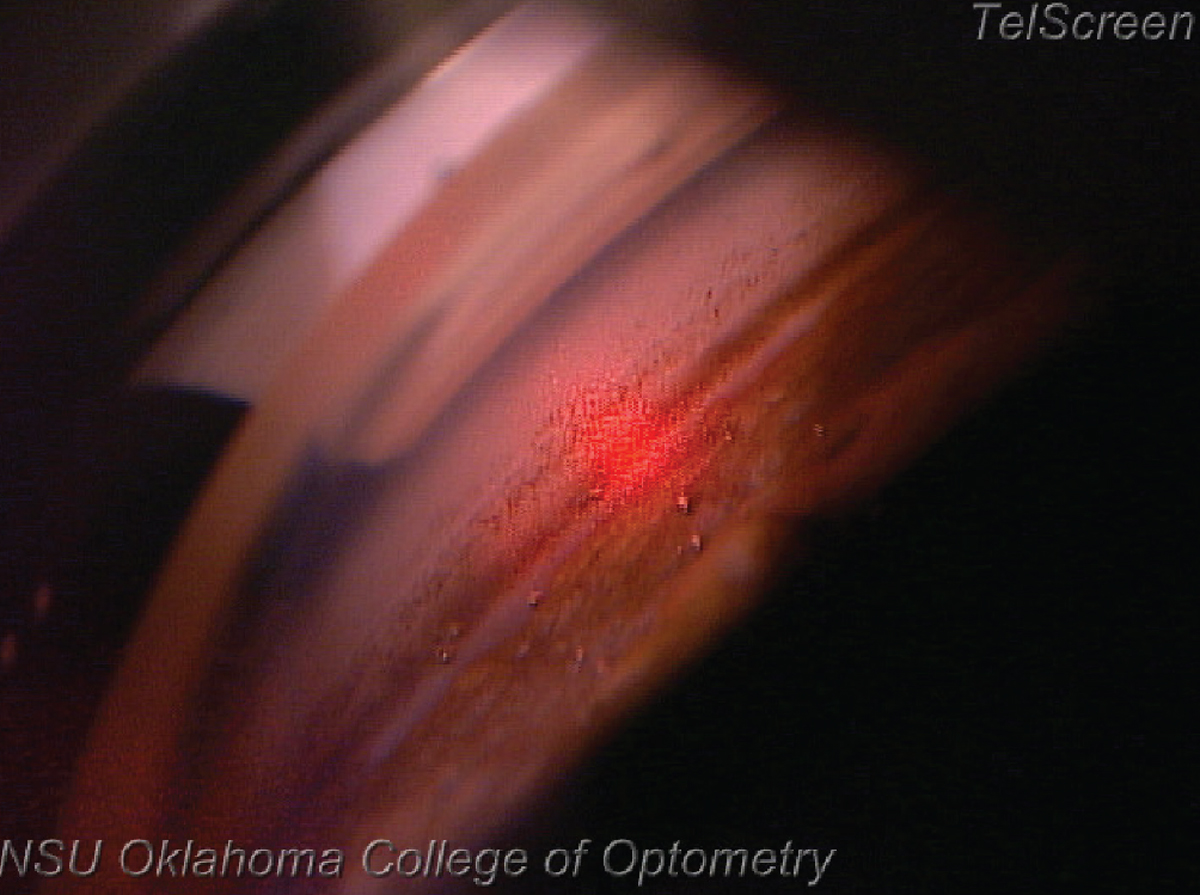 |
| Compared with the Academy’s previous SLT review in 2011, there’s now more level I evidence supporting the use of SLT as a first-line intervention for glaucoma patients. Photo: Nate Lighthizer, OD. Click image to enlarge. |
Periodically, the American Academy of Ophthalmology conducts Ophthalmic Technology Assessments to assess the clinical efficacy, effectiveness and safety of new and existing procedures, drugs, diagnostics and screening tests. Recently, selective laser trabeculoplasty underwent systematic review—its first since November 2011. The report, published in Ophthalmology, confirmed clinical safety and identified areas for further research.
A total of 30 articles fit inclusion criteria—including the LiGHT Trial—and were included in the study. Evidence level ratings were assigned, with 19 studies assigned a level I rating and 11 studies assigned a level II rating.
The data from level I studies show that SLT has long-term effectiveness as a primary or supplemental treatment to medical therapy in open-angle glaucoma. First-line SLT and medications showed equivalent IOP control for open-angle glaucoma and ocular hypertension and may also be more cost effective and provide better long-term disease control than medications. Interestingly, SLT wasn’t found to result in measurable quality-of-life improvement.
In level I studies, SLT and ALT were found to be equivalent in safety and long-term efficacy in several studies, with repeat SLT possibly more effective than repeat ALT in the long-term. Level I studies also showed that SLT’s IOP lowering was equivalent to several other modalities including micropulse laser trabeculoplasty, pattern-scanning laser trabeculoplasty and titanium-sapphire laser trabeculoplasty. Level II data showed equivalence with excimer laser trabeculoplasty.
Additionally, studies indicated that perioperative corticosteroid and NSAID drops didn’t hinder the treatment’s IOP-lowering effects, though the reported impact of the drops varied across studies.
The review also identified several areas for further study, including a need for more randomized clinical trials with diverse patient populations and more randomized studies on treatment settings and repeatability.
Takusagawa HL, Hoguet A, Sit AJ, et al. Selective laser trabeculoplasty for the treatment of glaucoma: a report by the American Academy of Ophthalmology. Ophthalmology 2023;1-11. |

